Korean Gender Reader
 (Source)
(Source)
1) How to find a good Korean man
Excellent dating advice from I’m No Picasso, although like she says, of course most of her advice would apply to any group of men anywhere!
2) 14% of Korean men subject to sexual abuse as children
To put it mildly, I’ll have to see a lot more detail about the methodology and definitions used before I accept that figure. But I do look forward to finding out more about this survey.
3) Condoms in hotels
In Chinese hotels to be precise. As Shanghai Shiok! explains:
Should hotels provide condoms in guest rooms, whether complimentary or for sale? It’s a question still debated in the hotel industry. In China, condoms in hotels are quite common (after Beijing ordered it), but some foreigners have averse reactions to the foil-wrapped rubbers in their rooms, like my dad who angrily declared the hotel condoms “an embarrassment!” before hiding them away from our eyes.
For me, whether condoms should be there or not just really… depends.
Depends on what? Find out here!
 (Source)
(Source)
4) Native speaker English teacher sexually assaulted in Anyang
See the details at Gusts of Popular Feeling here. Like a commenter there says, I’m amazed at the attitude of the proprietor of the yogwan (motel) where the assault occurred, who apparently didn’t so much as bat an eyelid when 3 male university students carried an unconscious woman to their room.
5) Why so few fathers take paternity leave
An excellent, comprehensive report from The JoongAng Daily, in contrast to The Chosun Ilbo one that waxes lyrical about changing attitudes and the fact that a grand total of 819 men took it last year, an increase of 63% from last year.
Note that seeing as this particular paternity leave seems to have been available since at least 2001 however, then it can’t refer to the 3 day one made available in 2008, so at the very least some clarification about the original Korean terms is required. Unfortunately, I don’t have time to do any further investigating myself at the moment, but if anyone’s further interested then I recommend this, this, this, and this to get you started! (and if you clicked on any of those, then I think you’ll find this book fascinating too)
 (Source)
(Source)
6) Korean documentary on ajummas and ajoshis
No, really. As New Yorker in Seoul described it:
I watched this program with JS, my German-Korean friend, and she and I both had similar reactions. First, here’s how WE perceived what the program was doing:
1-First, it showed the bad perceptions of ajuma and ajoshi.
2-Then it explained how these figures are actually good members of society, thereby reaffirming these roles in society.There was much to appreciate in the documentary–the interviews, the claymation snippets (from the Arari Show), the surveys. But the way the program was constructed entirely, at least for many Western viewers, seemed pretty cheesy. Or at least, heavy-handed in its delivering of the message of why society actually NEEDS the ajuma and ajoshi figures.
Granted, it was designed for a Korean audience. But I wonder: do any Korean viewers broach programs constructed in this way with at least a modicum of cynicism? Does such a program bear a whiff of sentimentality for Korean viewers?
7) A South Korean farm, a brother & sister, a forbidden love
Found via The Three Wise Monkeys, I confess I’m not quite sure what to make of this:
The video shoot took place on a small farm in Jeollabuk-do province, South Korea in February 2011. The storyline was conceived in response to the song lyrics which tell of an unrequited love or a longing that can’t be satisfied or consummated. We came up with the concept of a brother and sister who are twins who have grown up lived and worked together on their parents’ small farm. They are confused and disturbed by the fact that their closeness has developed into a kind of sexual longing that they know they must hide away deep inside.
8) Korean men do least housework in OECD
To play Devil’s advocate however, it’s somewhat natural considering that women do the least paid work in the OECD, as noted by The Korean Herald article.
See Sociological Images also for some more perspective and handy graphs of how various countries compare.
9) Protecting Korean women from foreign devils, circa late-1940s
I believe that most resentment towards and/or stereotyping of foreign men in Korea stems naturally from having millions stuck in unemployment or low-paid and/irregular work, and it certainly doesn’t help that – as far as I know – boys born at the peak of Korea’s phase of aborting female fetuses in the early-1990s are now becoming adults (while long since resolved, soon there’s going to be something like 116 eighteen-year old men for every 100 women).
But as this post at Gusts of Popular Feelings reveals however, neither explains the harassment some Korean women received in the late-1940s even just for working with American men.
 (Source)
(Source)
Like Dora says at SeoulBeats, it’s good that she’s back:
…the moment I set eyes on Amber, I knew I was a goner. Pardon me, but it was during an era whereby K-pop was being flooded with Barbie dolls everywhere, all right? All the Korean girl group members were armed with the typical Bambi eyes, long swishing hair and legs half the width and twice the length of my own. I was desperate for a change; my self-esteem couldn’t take any more beatings. So once Amber popped into the scene, all the other girls who felt the same way as I did went crazy. With her androgynous hotness (oh gosh, the floppy fringe that can totally rival Justin Bieber’s!), Amber has confused poor females everywhere, and became the new obsession of fangirls.
 (Source)
(Source)
Filed under: Korean Gender Reader Tagged: Amber, f(x), 에프엑스, 엠버


















 RSS Feed
RSS Feed Here’s a quandary: do you hate a King who conned the North Koreans, or throw the book at him?
Here’s a quandary: do you hate a King who conned the North Koreans, or throw the book at him? 
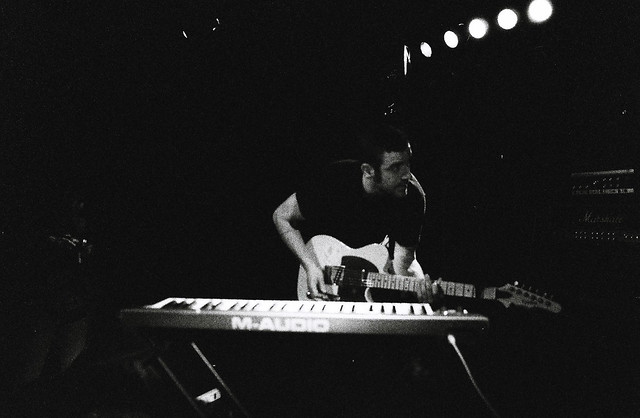
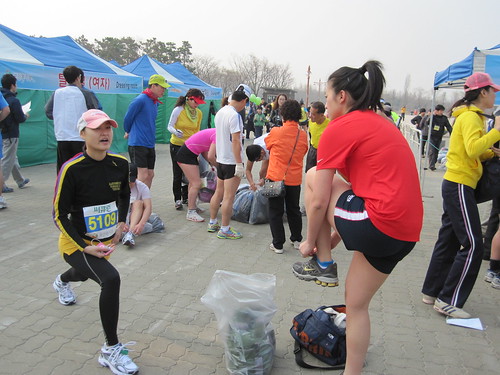
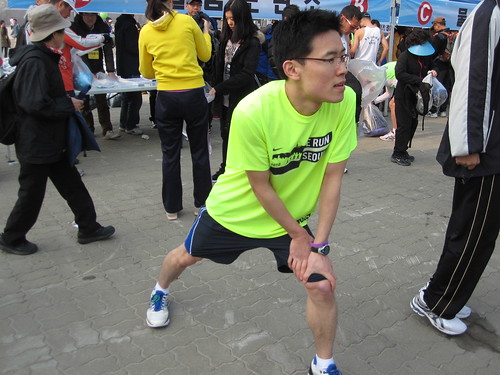
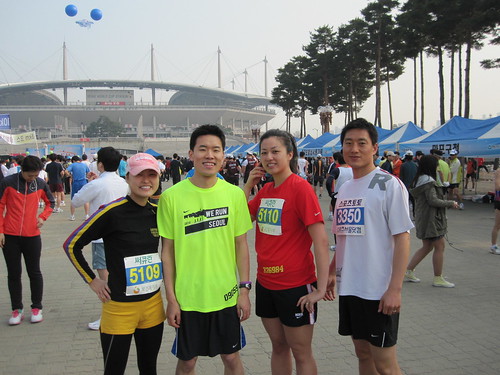








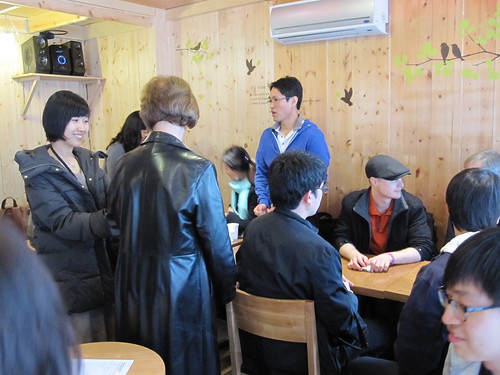

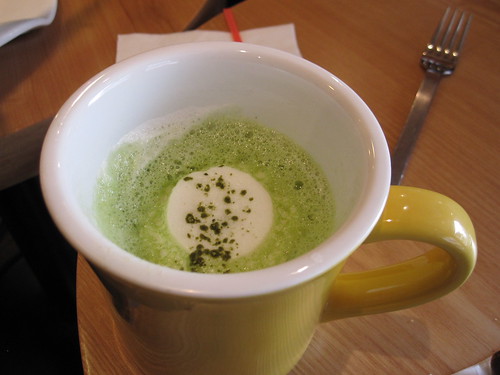
Recent comments